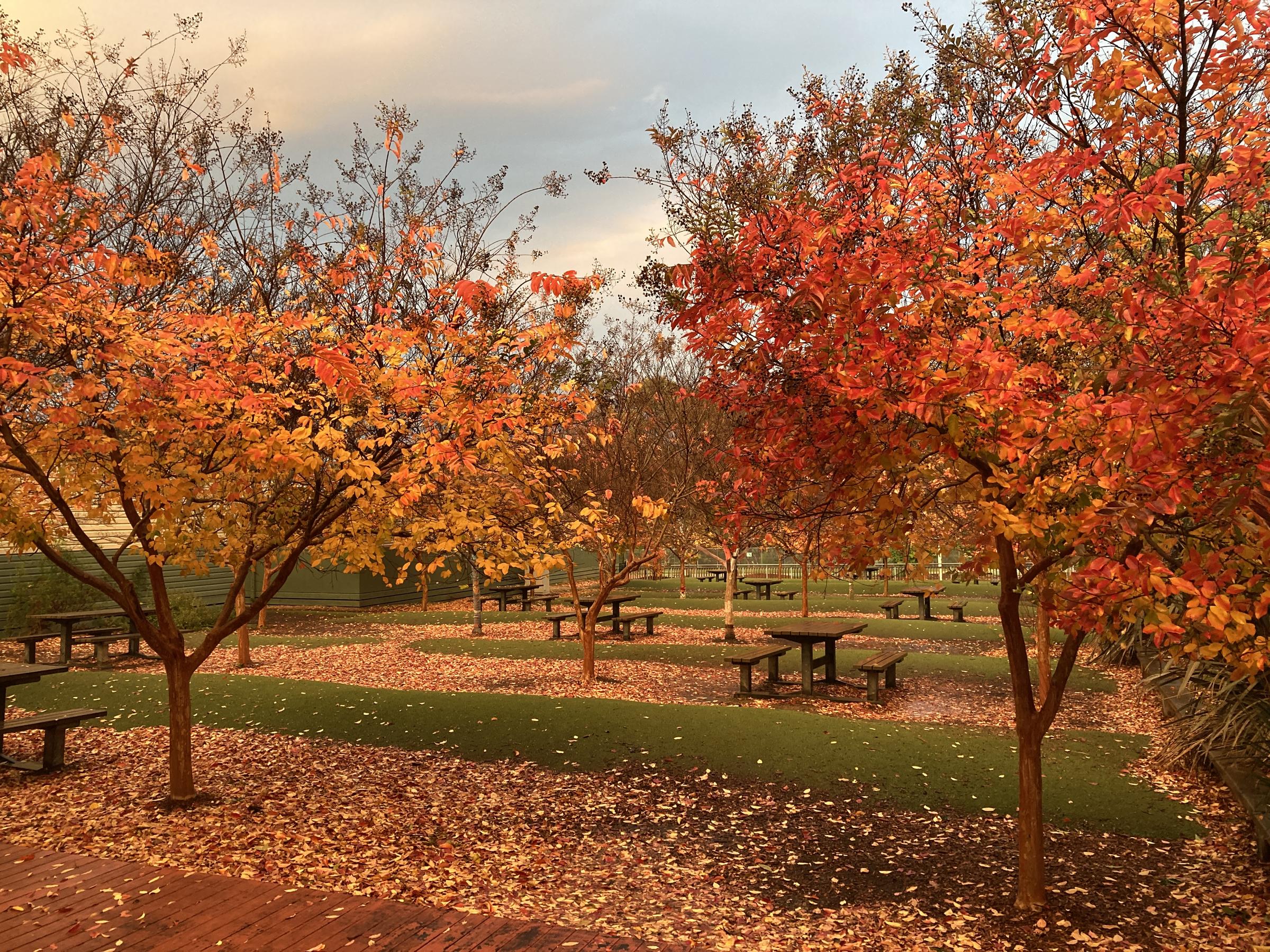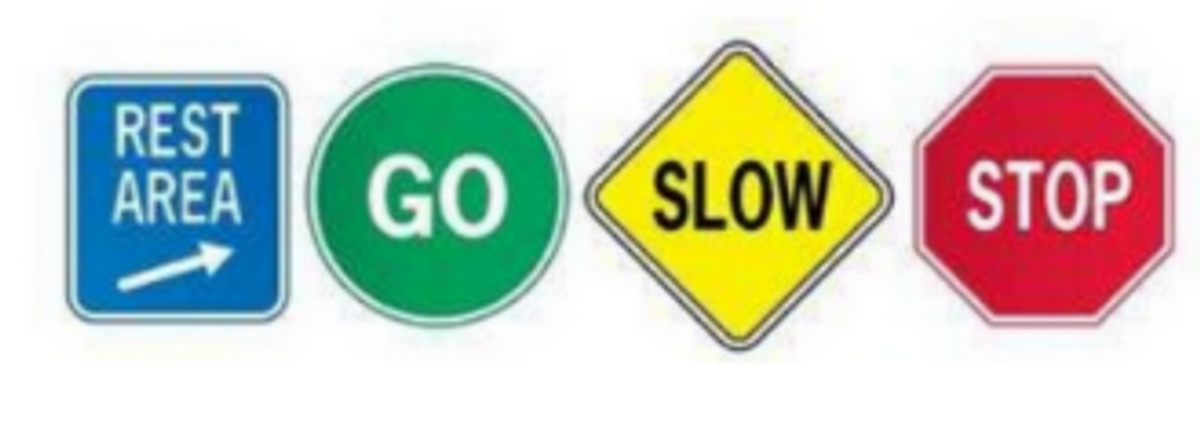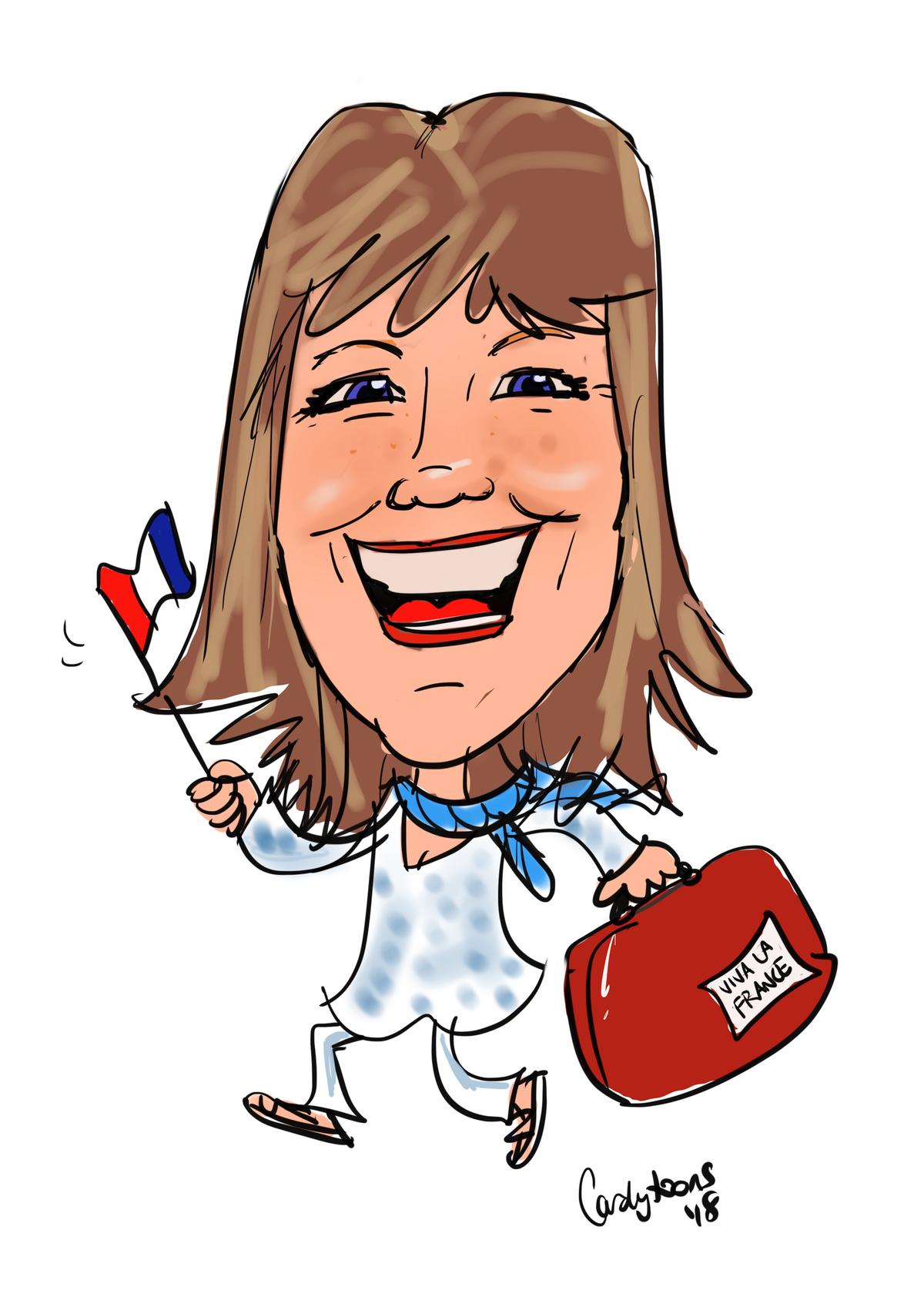Student Wellbeing

Student Wellbeing - Zones of Regulation
As a school, we prioritise the nurturing of our students' wellbeing and social skills. At the core of this endeavour lies the implementation of strategies like the Zones of Regulation, designed to foster emotional awareness and regulation skills crucial for building a strong and resilient sense of wellbeing. Developed by Leah Kuypers in 2011, the Zones of Regulation framework offers a structured approach to assist individuals in recognising and effectively managing their emotions, thereby enhancing self-control and problem-solving capabilities.
The Zones of Regulation help to develop a students awareness of their emotional states, equipping them with an array of tools and strategies for emotional regulation, fostering prosocial behaviours, practising self-care, and nurturing overall wellness. Among the techniques explored are mindfulness practices, sensory integration exercises, physical movement, cognitive strategies, and fostering healthy interpersonal connections.
Importantly, our approach isn't about forcing students to abruptly shift between zones. Instead, we focus on providing them with the necessary support to regulate their emotions internally, manage their current zone, or engage in self-care practices as needed. This approach acknowledges and respects their genuine emotional experiences and helps them to build a toolkit of strategies to use to support them when they are in this zone.
The Zones of regulation are displayed in all of our classrooms and are an integral part of our wellbeing teaching. You will see 4 zones displayed in each classroom, each representing different emotional states. We encourage you to discuss these zones with your child/ren, and use the language and strategies at home.
- The Blue Zone:
- This zone is characterised by feelings of sadness, tiredness, or boredom. Students in the Blue Zone may feel sluggish or withdrawn. Strategies in this zone often focus on relaxation, calming activities, and restorative practices.
- The Green Zone:
- In the Green Zone, students are in a state of calm, focused, and ready to learn. This is the ideal zone for classroom activities and interactions. Strategies in this zone may include deep breathing exercises, positive self-talk, and mindful activities to maintain emotional balance.
- The Yellow Zone:
- The Yellow Zone represents a heightened state of alertness and heightened emotions such as frustration, anxiety, or excitement. While not necessarily negative, students may find it challenging to regulate their emotions in this zone. Strategies here aim to help students recognise their emotions, practise self-control, and implement coping mechanisms to regulate their emotions.
- The Red Zone:
- This zone indicates intense emotions like anger, rage, or extreme anxiety. Students in the Red Zone may struggle to control their actions and may need immediate support to de-escalate and regain emotional regulation. Strategies focus on calming techniques, problem-solving skills, and seeking help from trusted adults.
We're excited to continue supporting our students on their journey towards emotional intelligence and wellbeing. Thank you for your ongoing partnership in this important endeavour.
Janine Hough - janine.hough@education.vic.gov.au
Brad Ryan - bradley.ryan@education.vic.gov.au
Janine and Brad.




